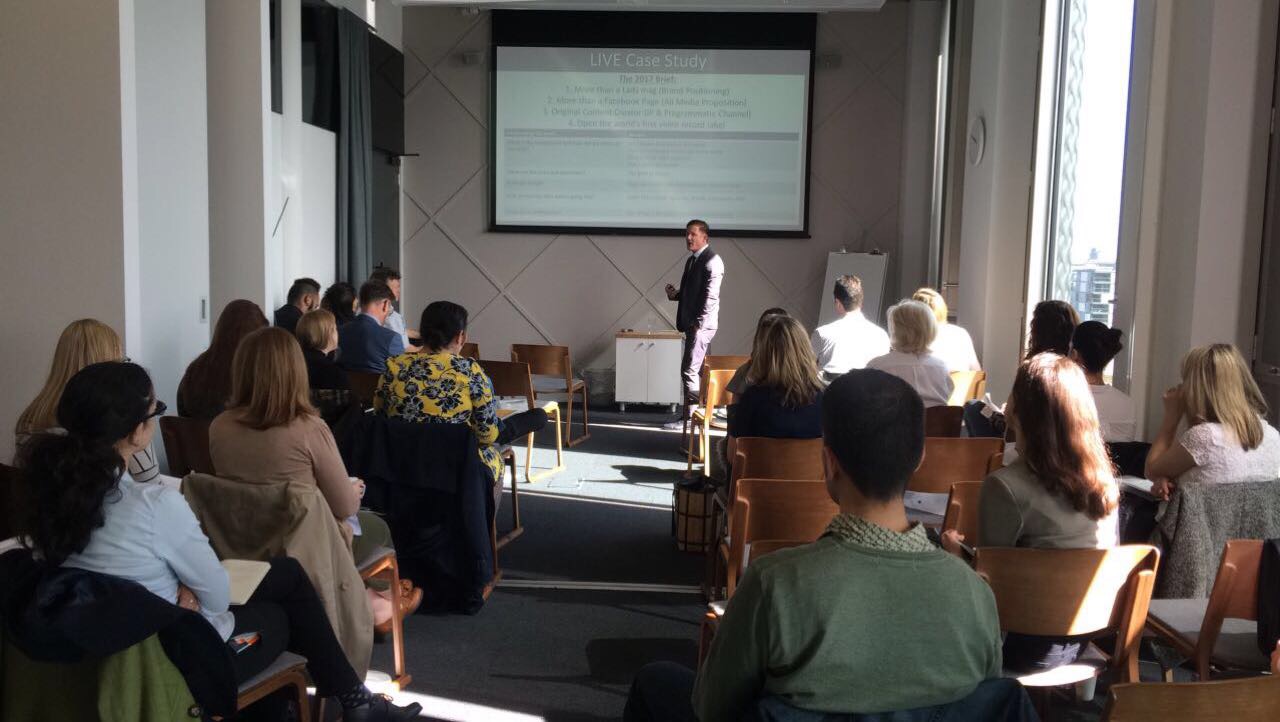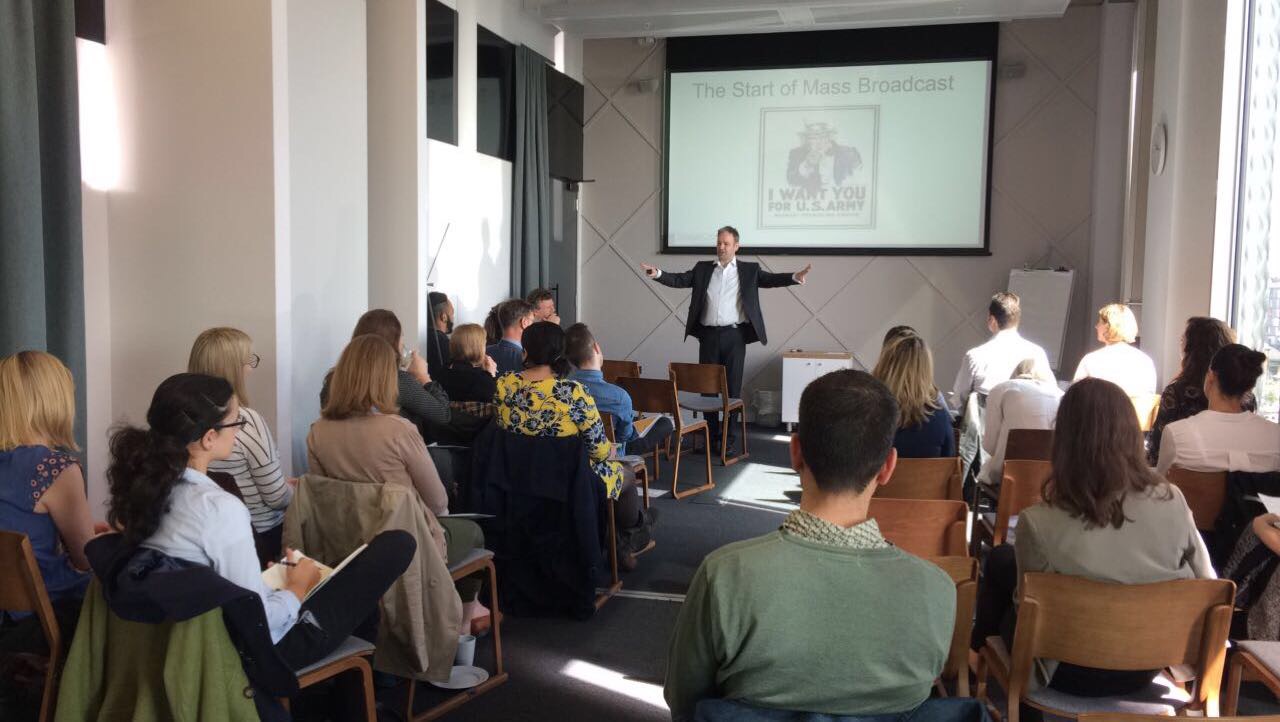We’ve all heard it said that, “you can please some of the people all of the time, you can please all of the people some of the time, but you can’t please all of the people all of the time.”
That may have been so, but according to speakers at Aspic by using personalisation you can give it your very best shot.
Held in a shiny new location at the GridIron building, London, on 18th May, the latest Aspic quarterly breakfast seminar asked a room full of internal communication professionals to consider: how personalised are your communications?
Kevin Tewis-Allen, Global Business Development Director at UNILAD, says you need to approach personalisation as you would any other communication campaign, considering the context, business case, strategic insight, risk management, and how you will review and reward afterwards.
“Great communication is always a two-way proposition,” he says. And the same can be said of personalisation. It starts with your audience.
“During the last election, the Conservative Party personalised their messages to millennials through both the content and channel. Instead of trying to interest them in the budget, they repositioned it as an issue of owning your first home and delivered the message using a popular social media channel (Facebook).”

He adds, “Moving towards personalisation can be a big change, but it’s also a great opportunity to create those ‘wow’ moments in your content. So don’t be afraid of positive disruption, be brave and challenge the status quo!”
For Benjamin Ellis, CEO at SocialOptic, the move towards personalisation in internal communication started when we shifted from broadcast media and started moving the locus of control onto the audience.
“Personalisation is about giving your audience power, but you have to be careful not to kill it with process,” he explains. “For instance, one company allowed people to customise their workspaces to their personal taste – but not without adhering to seven pages of terms and conditions first. Unsurprisingly, it didn’t improve engagement levels.”
But for the nervous, Benjamin explains that personalisation doesn’t have to mean giving up control completely.
“It could be something as small as asking people when they want to receive their e-newsletter – be that in the morning or afternoon, weekly or monthly? It’s all the same content, just packaged up separately for different audience preferences.
“This small piece of control allows audiences to feel like ‘this is my newsletter’, and ultimately leads to increased open and click through rates. More than that, people are actually more willing to accept flaws in a product they have personalised. If you give people choice, they will own the decisions they make and may end up more satisfied with the result.”

Want to know more about personalisation?
Request our special whitepaper by emailing hello@sequelgroup.co.uk and find out how internal communication can learn from the marketing masters and avoid the ‘creepy factor’…
Join the Aspic community
For more information about Aspic and our upcoming events join our community on LinkedIn and follow @sequelgroup.